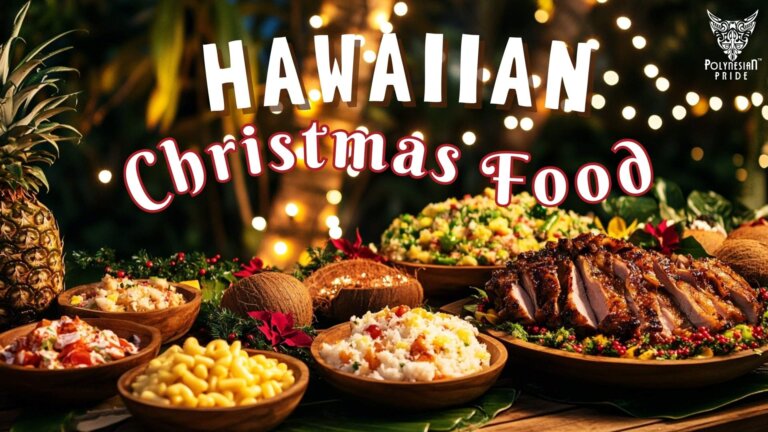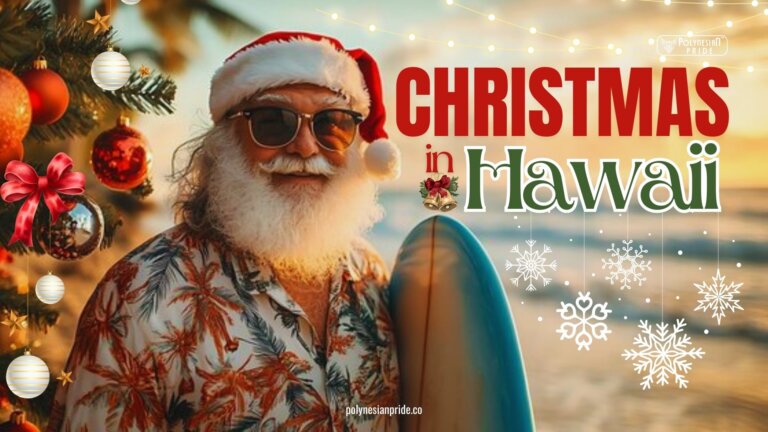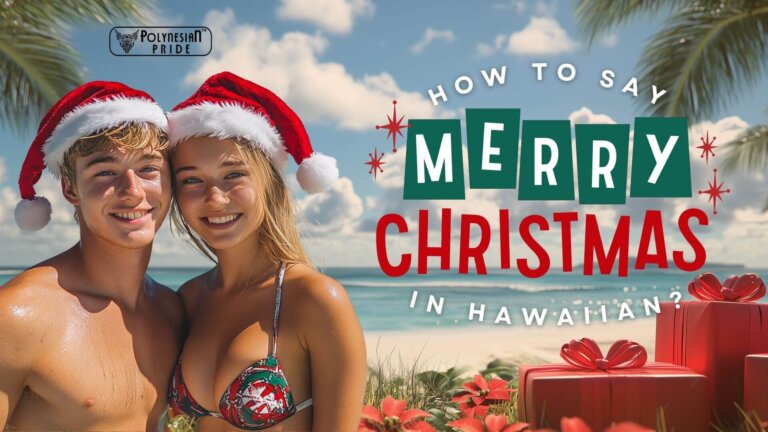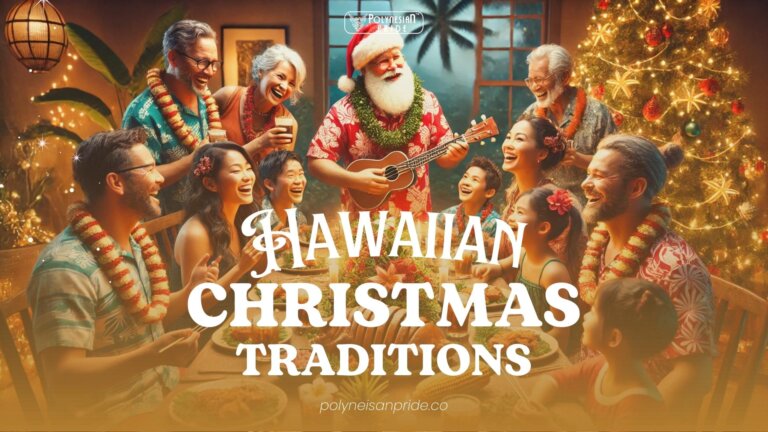10+ Interesting Facts About Hawaii Islands That You May Not Know

What are some facts about Hawaii? There is something interesting behind the Hawaiian paradise that you don’t know about. Join us to discover 10+ fun facts about Hawaii in this article now.
Introduction
Nestled amidst the vast expanse of the Pacific Ocean lies a tropical paradise like no other – the stunning Hawaii Islands. Beyond its postcard-perfect beaches and lush landscapes, Hawaii holds a treasure trove of captivating secrets waiting to be discovered. Embark on a journey with us as we unveil a collection of 10+ intriguing facts about these enchanting islands that may surprise even the most seasoned travelers.
13 Fun Facts About Hawaii Islands
Ni’ihau – “The Forbidden Island”
Niihau is known as the “Forbidden Island” of Hawaii, privately owned and the smallest inhabited island in the Hawaiian archipelago. The island’s population is 230 people, nearly all of whom are native Hawaiians. This island is owned by the Robinson family, whose ancestors purchased the islands from King Kamehameha IV over a century ago. You can visit this island only by invitation from a member of the Robinson family or from a native Hawaiian living on

“Rainy island” Kaua’i, Place with 350 rainy days a year.
Kauai, a lush tropical island, attracts visitors for its natural beauty, thanks in part to its considerable annual rainfall. Known as Hawaii’s “rain island”, Kauai experiences about 200-250 days of rain each year and can reach as much as 350 rainy days a year.
This abundant rainfall is mainly due to the influence of the trade winds from the Pacific Ocean. These winds carry moisture and when they encounter Kauai’s mountains, they are pushed upward. This lift cools the air, causing condensation and the formation of clouds that release rain. The concentration of this rainfall is mainly in the north and west of the island, creating dense tropical forests and rich biodiversity. This abundant rain also leads to beautiful landscapes of rainbows and rays of sunlight after the rain, creating a majestic landscape that captivates many visitors to Kauai.

The Hawaiian alphabet consists of only 12 letters
The Hawaiian alphabet, known as “ʻŌlelo Hawaiʻi,” consists of only 12 letters: A, E, I, O, U, H, K, L, M, N, P, and W. This makes the Hawaiian language unique and diverse, with its own distinct phonetics and grammar.
Only 2% of Hawaii’s population speaks Hawaiian fluently
Despite Hawaiian being the official language of the archipelago, with the prevalence of English and cultural diversity, only 2% of the population actually speaks it fluently. However, there are numerous efforts to preserve and revitalize the Hawaiian language within the local community.
Not all beaches in Hawaii have white sand.
Hawaii not only boasts beaches with fine white sand but also beaches with black or red sand due to the presence of basalt rocks. For example, Punaluu Beach on the island of Hawaii is famous for its unique natural black sand.

A Building in Kauaʻi Must Not Be Taller Than a Coconut Palm Tree
In Kauaʻi, there’s a specific regulation that prohibits buildings from being taller than coconut palm trees. This helps to preserve the island’s natural beauty and ensures that the landscape isn’t dominated by tall structures. This regulation is part of environmental conservation efforts and aims to maintain Kauaʻi’s natural charm. By ensuring buildings don’t surpass coconut palm trees in height, the community aims to harmonize with nature and preserve the island’s tranquility and beauty.

Hawaii is the only state in the United States without rabies
Hawaii is the only state in the United States without reported cases of rabies. The primary reason behind this is strict control policies on the importation of at-risk animals and widespread vaccination for both residents and animals in the archipelago. Rigorous control over animal importation and effective vaccination programs have helped protect residents and visitors from the risk of rabies infection. This achievement is a significant milestone in safeguarding community health and maintaining a safe living environment in Hawaii.
Hawaii prohibits certain animals such as snakes, mongooses, and rodents.
• Snakes: Hawaii is free of any natural snake population, and keeping snakes absent from the natural environment helps protect the native fauna and flora of the islands. Snakes are invasive species that can cause significant declines in native animal and plant species.
• Mongooses: Mongooses are a harmful species in Hawaii as they can damage crops, nest in rock crevices, and reduce food sources for native animals.
• Rodents: Rodents are also restricted in Hawaii due to their potential to disrupt the ecosystem by competing with native species for resources and spreading diseases.
These strict regulations aim to safeguard Hawaii’s unique ecosystem and prevent the introduction of invasive species that could cause environmental and economic problems.
Touching a Monk Seals can lead to fines.
In Hawaii, touching monk seals can lead to fines. Monk seals are a rare and endangered animal. Direct contact can reduce spontaneity and disturb monks, especially during the breeding and rearing periods. At the same time, keeping humans and seals out of contact also helps protect the health of both parties, avoiding the risk of spreading disease or encroaching on the natural abilities of this animal. Many tourists have been fined for not knowing this law.

The birthplace of the only U.S. president from outside the continental United States.
Born in Honolulu, Hawaii, Barack Obama is the only president in U.S. history with roots in a special suburban area of the United States, Hawaii. This marks a significant historical event and serves as great inspiration for the people of Hawaii and the entire nation.
Barack Obama became the first Hawaiian resident and also the first African American to be elected to the presidency of the United States. His ascension to power represented a major step in addressing the challenges and opportunities facing America in the 21st century. His birth and success also serve as evidence of the diversity and strength of the Hawaiian islands in contributing to the history and politics of the United States

Hawaii is one of four US states that ban billboards.
Hawaii is one of four US states that ban billboards, along with Alaska, Maine, and Vermont. This regulation aims to protect the natural landscape and preserve the beauty of Hawaii’s coastlines, ensuring that tourist outskirts and residential communities remain tidy and free from commercial advertising.
The people of Hawai‘i consume the most “Spam” per capita in the U.S
The people of Hawaii consume a significant amount of Spam per capita, surpassing other states in the U.S. This might come as a surprise to many, but Spam has become an integral part of Hawaiian cuisine and is featured in numerous local dishes.
According to statistics, Hawaii consumes about 7 million cans of Spam annually, with each person consuming approximately 6-7 cans per year. This is particularly remarkable considering Hawaii’s population is around 1.4 million people.
Several cultural and historical factors contribute to the large consumption of Spam in Hawaii:
- Migration and history: Throughout the 20th century, Hawaii witnessed large-scale migration from various places, including Americans, Chinese, Japanese, and Filipinos. Spam was introduced to the islands during World War II when it became a crucial food supply for the U.S. military. Since then, it has become a staple of local cuisine and widely embraced.
- Affordability and convenience**: Spam is an inexpensive and convenient food item that can be preserved for long periods and easily prepared. For some households, especially those with low incomes, Spam is an essential part of their daily diet.
- Diversity in local cuisine: Spam has become a primary ingredient in many Hawaiian local dishes, including Spam fried noodles, Spam rice, Spam sushi, and various other dishes. The diversity and creativity in using Spam in local cuisine have driven its popularity.
- Cultural amalgamation: Hawaii has a diverse cultural community, and Spam has become part of this culinary diversity. People from different ethnic backgrounds and cultural heritage in Hawaii all enjoy Spam and create new and innovative dishes with it.

The origin of the Ukulele
The origin of the ukulele traces back to Hawaii. The word “ukulele” is translated from Hawaiian as “jumping flea,” a name that reflects the instrument’s light and cheerful nature.
The ukulele is believed to have evolved from adaptations of stringed instruments of Portuguese origin, which were brought to Hawaii in the 1870s by immigrants from Portugal. Known as “braguinha” or “machete,” these instruments were slightly larger and had different tuning than the modern ukulele. Upon arrival in Hawaii, local instrument makers began crafting smaller versions of these instruments, making them easier to play and transport.
As the instrument evolved, it also underwent a name change. Originally called “braguinha” or “machete,” it was eventually renamed “ukulele” in Hawaii. This transformation marked the beginning of the ukulele’s journey as a distinct and beloved musical instrument closely associated with Hawaiian culture and music.

Conclusion
Exploring the fun facts about Hawaii, it’s intriguing to consider how many were already known and which ones came as surprises. Did any revelations leave you astonished or challenge preconceived notions? Whether familiar or new, each fact adds depth to Hawaii’s allure, inviting further exploration of its timeless charm. E komo mai, let’s continue our journey into the heart of these enchanting islands.
Frequently Asked Questions (FAQs)
What makes Hawaii’s climate so diverse?
Hawaii’s unique climate diversity is influenced by its geography, with windward (eastern) sides receiving more rainfall due to prevailing trade winds, while leeward (western) sides are drier.
Why is Hawaii known as the “Aloha State”?
“Aloha” is a Hawaiian word commonly used to greet others with love, compassion, and peace. Hawaii’s nickname, the “Aloha State,” reflects the warm and welcoming spirit of its people.
How many official languages does Hawaii have?
While English is the primary language, Hawaiian is also an official language in the state. However, only a small percentage of the population speaks fluent Hawaiian today.
Are there fines for littering or damaging the environment in Hawaii?
Yes, Hawaii has strict laws against littering and damaging the environment. Tourists caught littering or damaging natural habitats may receive fines from local authorities.

I am Leilani Miller – I research focusing on Vanuatu – volcanic landscapes, blue holes, coral reefs & rainforests. I have over five years of experience researching and sharing insights on tourism and environmental activism. Explore and experience without limits through my latest article.
Contact information:
Email: [email protected]
Tel: +1 (808) 555-1528






